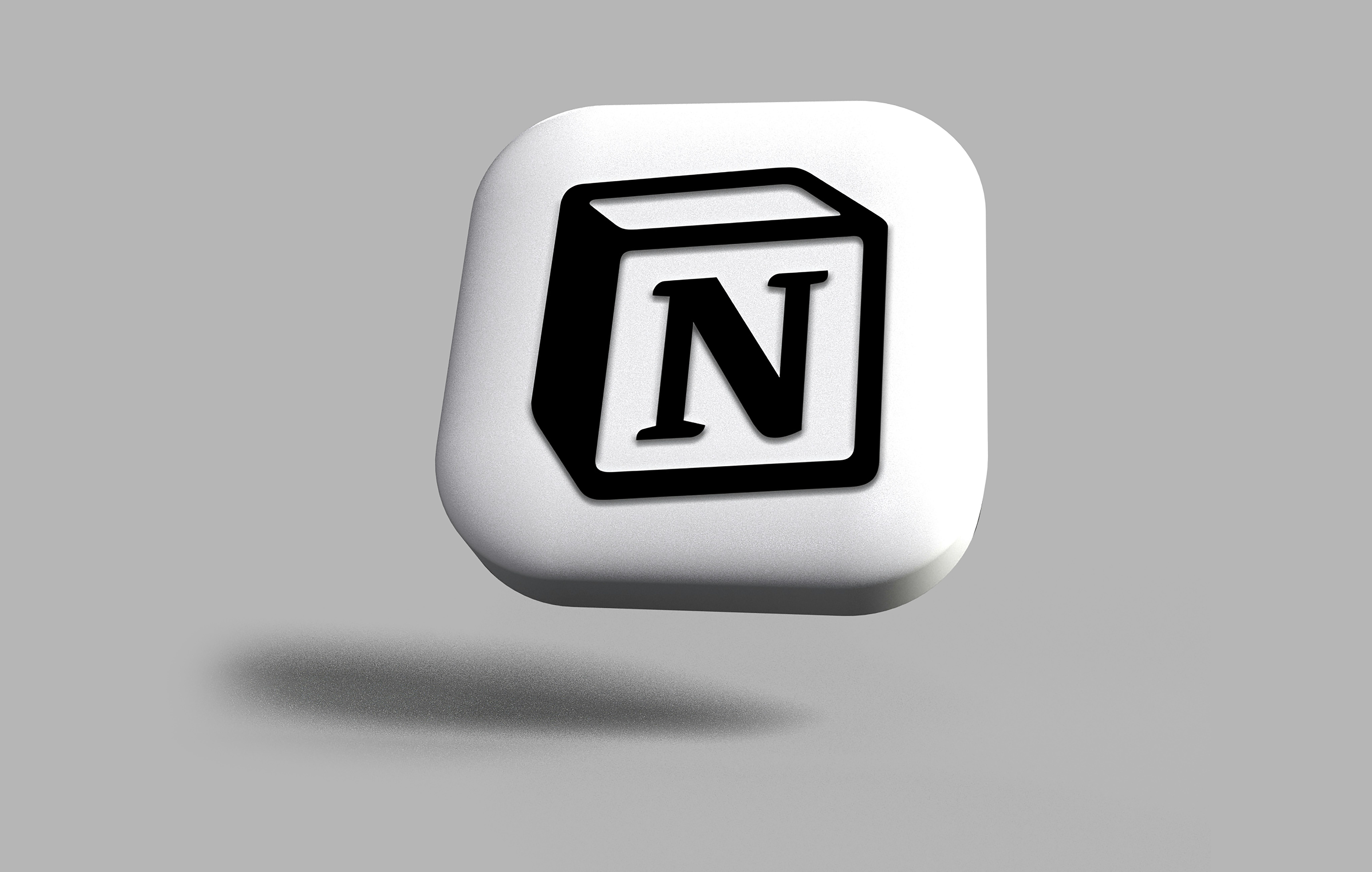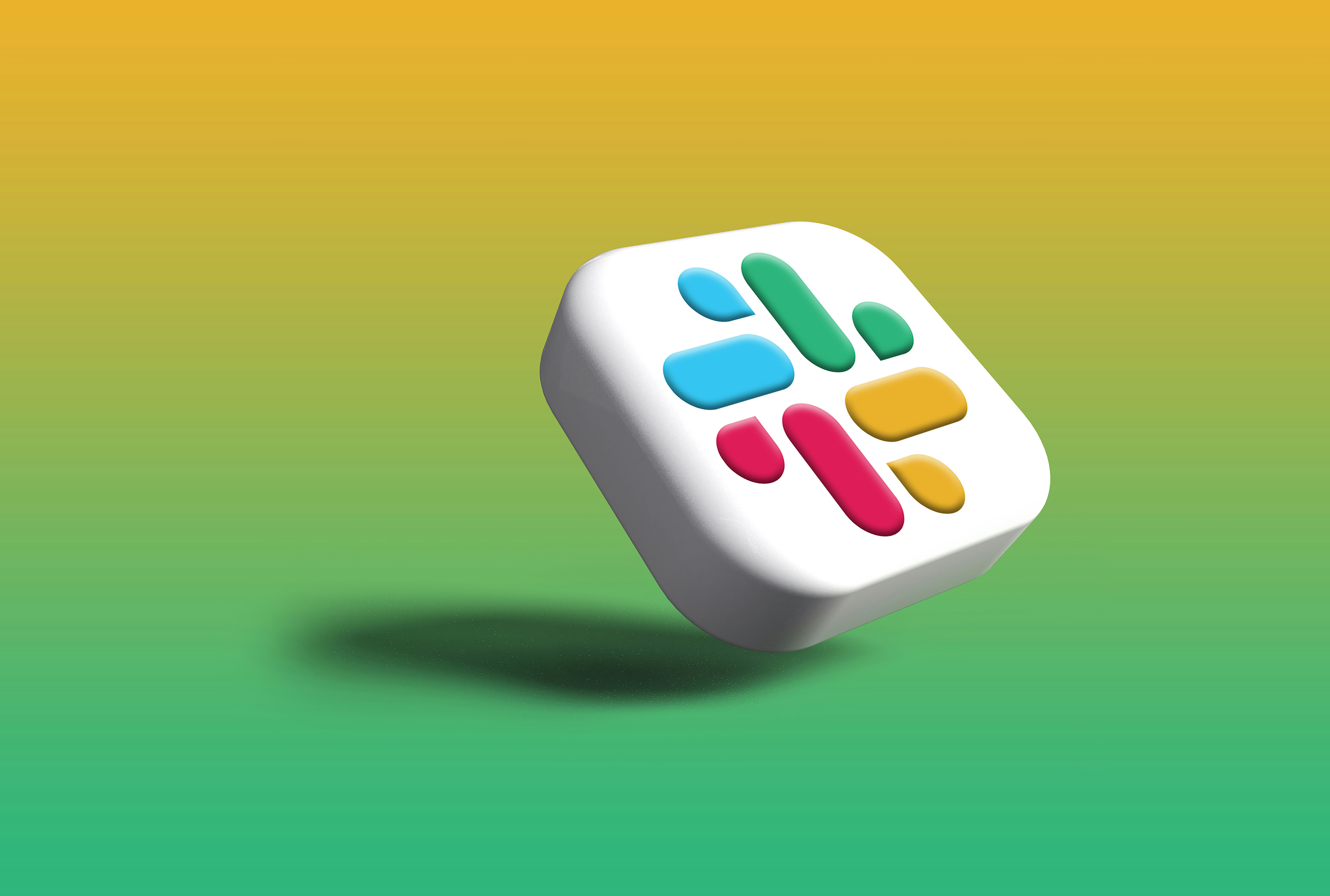Top 10 SaaS Tools Every Solopreneur Needs to Scale in 2025


SaaS Tools Are a Solopreneur’s Secret Weapon in 2025

Best SaaS tools for solo business owners in 2025 – illustration of solopreneur using cloud-based business software.
The responsibilities of a solopreneur require you to handle every business responsibility by yourself.
Your workday shifts between designing landing pages, managing invoices, handling client messages, and developing marketing strategies.
It’s exhilarating—and exhausting.
A recent study by Gartner found that 80% of businesses using SaaS tools saw increased productivity, and Forrester reports that cloud-based solutions can reduce operational costs by up to 30%. Yet, many startups struggle with tool overload, choosing the wrong software, or missing out on game-changing automation. -Alesia Sirotka blogger for FlatLogic
SaaS tools function as scalable assistants that enable you to achieve better results through efficient workflows, even when your resources are limited.
The sheer number of available SaaS tool options makes it extremely challenging to determine which SaaS tools will be most important for your business in 2025.
In 2025, the most successful solo business owners won’t be working harder—they’ll be scaling smarter. By leveraging the best SaaS tools for solo business owners, solopreneurs can streamline workflows, automate repetitive tasks, and build sustainable systems without hiring a team.
This guide reveals the 10 most essential, affordable, and integratable tools that turn your one-person business into a highly efficient, revenue-generating machine.
Before we begin evaluating the list, we need to establish a strategic approach.
The selection process for suitable SaaS tools in 2025 requires specific evaluation criteria.
Tools that deliver actual value instead of unnecessary complexity stand as a vital requirement.
Using the wrong tool can potentially waste valuable resources, such as time and money, resulting in added frustration. Evaluating the following six criteria can help you select an SaaS solution that best fits your business:
Your solopreneur business ideally operates with minimal financial resources, so you require tools that offer free versions or startup funding, as well as affordable subscription rates.
The most valuable tool becomes the one that you will actually use.
Your selection should focus on user interfaces that are simple to use, including drag-and-drop functionality and an easy-to-understand layout.
A disconnected tech stack creates friction.
Select tools that easily interconnect with each other to establish automated workflows between marketing, sales, design, and operational functions.
You don’t want to keep switching platforms as you grow. SaaS tools should support your 1-person startup today and your 10-person team tomorrow.
Your business data, including client communications and payment information, requires absolute protection.
Verify that the tools meet GDPR requirements and possess SOC 2 certifications and encryption standards to ensure the absolute security of you and your clients.
Excellent support systems lead businesses to expand their operations at a faster rate.
Select tools that provide support through live chat, active forums, and have automatic updates and maintenance, because that will be the key difference in those critical moments.
Now that you have an idea of what to look for, it is time to choose the stack that best fits your business needs.

Image provided by Rubaital Azad from Unsplash
If your current workflow includes managing documents, ideas, tasks, and goals through Google Docs, sticky notes, and handwritten notes on napkins.
Please stop.
Your business deserves better than that, and Notion keeps them all in one place that is easy to find.
It functions as a comprehensive productivity system that combines note-taking capabilities with project management tools, database functions, and wiki features within a customizable workspace.
Best used for:
Notion has numerous uses, including developing product roadmaps, scheduling, blogging, tracking leads, establishing client portals, and more, all within a single platform.
“Notion provides a unified workspace for productivity, task management, and content creation—perfect for solo operators.” – Flatlogic.

Image provided by Rubaital Azad from Unsplash
Design matters.
The platform offers design capabilities to users with no prior experience in design software.
Woblogger identifies Canva Pro as a vital SaaS solution for users who lack design expertise. The platform offers users thousands of templates and brand kits, content scheduling, and a drag-and-drop interface that are accessible to all users.
Best used for:
Users can generate various content materials, such as Instagram posts, business cards, pitch decks, flyers, thumbnails, and product mockups, within a short timeframe.
For more helpful tips on how to use Canva Pro, please check out our 5 Cost-Effective Ways Solopreneurs Can Build a Professional Website in 2025 article.

Image provided by Rubaital Azad from Unsplash
Working with a VA, a contractor, or a remote collaborator?
Slack keeps everyone (including you) in sync—without the hassle of sifting through multiple emails.
Operating as a team communication platform with channels, DMs, file sharing, and AI-powered search. It also integrates with virtually every major SaaS platform.
Best used for:
Coordinate with freelancers, manage projects, or simply communicate privately—because, yes, solopreneurs do all of these things.
To grow, your business needs to move beyond using a free Gmail account for operations.
Google Workspace provides professional email services with your company's domain name, along with shared calendars and access to Docs, Sheets, Drive, Meet, and other features, all operating on a centralized platform that features your company's branding.
Best used for:
The platform enables document collaboration, meeting scheduling, proposal creation, and secure cloud-based data storage.
The gold standard for virtual meetings remains Zoom, as it provides the best solution for sales calls, coaching sessions, and remote team collaboration.
The service offers users high-definition video and screen sharing capabilities, recording features, and breakout room functionality. Woblogger identifies Zoom as the top virtual meeting solution for small businesses, according to their research.
Best used for:
Your home office becomes the center for delivering webinars, running discovery calls, and teaching your courses.
Tired of playing ‘Guess the Tax Deduction’ every April? QuickBooks Online gives you real-time financial clarity.
Simplifying financial tasks allows you to focus more on your growth.
The system enables users to monitor financial activities, generate professional invoices, and categorize transactions, preparing them for tax season.
Saving you countless hours, it provides a clear view of your cash flow, outstanding payments, and other services. It also includes the ability to automate recurring invoices, payroll, and tax calculations, which significantly reduces the likelihood of human error.
Best used for:
The system enables automatic mileage tracking and allows you to create recurring invoices, as well as perform bank account connections for automated reconciliation.
Your current lead tracking system, based on sticky notes and memory, should be upgraded with a reliable solution from HubSpot.
The free version of HubSpot CRM allows users to track deals, manage contacts, automate follow-up sequences, and create email sequences.
Best used for:
A unified dashboard enables you to monitor captured leads through forms and sort them by interest.
Running a business by yourself means juggling a never-ending to-do list—and it’s easy for things to slip through the cracks.
Trello helps you see your workload so nothing gets lost in the shuffle.
A simple, intuitive, card-based project management tool that helps solopreneurs organize tasks, manage projects, and collaborate with contractors or clients—all in one visual workspace.
It's powered by the popular Kanban-style board system, making it incredibly easy to use and maintain.
As Flatlogic notes, visual task management tools like Trello are crucial for startups attempting to scale their operations without overwhelming their teams.
Whether you're building an MVP, planning a launch, or just keeping track of your weekly content calendar, Trello lets you customize your workflow without needing to learn a whole new system.
Best used for:
Set up boards for product development, marketing tasks, or client onboarding.
Create checklists, set deadlines, attach files, and integrate them with Google Drive, Slack, or Zapier to automate your processes.
Your productivity requires a system that doesn’t rely so heavily on your memory.
The systems built by Monday.com operate effectively under high-pressure situations without collapsing.
The adaptable project management system, Monday.com, adjusts its functionality to match your current work methods. The platform enables users to monitor sales pipelines, content calendars, and product launch progress, and additional business processes.
“Monday.com provides users with adjustable workflow systems and artificial intelligence-based productivity solutions.”
Best used for:
This intuitive platform enables you to create product launch plans, establish content schedules, generate automated alerts, and manage client tasks effectively.
For every task that you wish you had someone else do?
Well, that’s actually possible through the incredible automation provided by Zapier.
The platform enables users to link over 5,000 SaaS applications through its interface without requiring programming skills. The system allows users to perform automated operations, including data movement, notification delivery, and platform data synchronization.
Best used for:
When HubSpot receives a new lead, it triggers an automated process that generates a Trello card and sends alerts to Slack and Gmail, along with confirmation emails, all without requiring any human interaction.
Now that you’ve seen the top SaaS tools every solo business owner should have in their toolkit, let’s zoom out for a moment.
Because the real magic isn’t just in how each tool performs individually, but in how they work together.
The right stack of SaaS tools doesn’t just support your business—it amplifies it.
Ketryon provides solopreneurs with the tools needed to construct intelligent business systems.
Selecting the appropriate SaaS tools represents one critical aspect of the process. That process of linking different tools together while maintaining operational continuity has its own unique challenges.
Ketryon assists solopreneurs in creating personalized websites and applications that seamlessly integrate all their current and future tools.
Our team develops adaptable solutions that cater to your business needs by linking HubSpot leads to QuickBooks invoices, adding Zoom calendars to landing pages, and automating onboarding through Slack.
Our MVP development services focus on solo founders who require fast results and scalable systems, as well as verification of product-market fit.
Those services include:
Your dedication to business expansion becomes evident as you reach this point.
The tools presented in this article serve as essential components for building rather than being simply decorative features.
SaaS tools become powerful instruments when used with purpose because they enable users to:
The correct combination of tools and proper assistance enables solo entrepreneurs to become invincible in their business journey.

Solopreneur launching business with SaaS tools and automation – Ketryon MVP services.
Does Building a Business That Runs While You Sleep Excite You?
Stop duct-taping systems together.
Ketryon will assist you in creating a customized web solution with SaaS integration that matches your business expansion rate.
Contact Ketryon right now to achieve your business goals beyond what you can imagine.
What are the costs of SaaS tools for solopreneurs to use?
Most tools offer free plans or affordable entry-level pricing. The cost of each tool ranges from $6 to $25 per month based on the selected features.
Which SaaS tools should I start with?
Begin with HubSpot as your CRM, and use Notion or Monday.com for project management, along with Slack and Zoom for communication. Only add more tools as your business expands.
Can SaaS tools be integrated?
Absolutely. Zapier enables users to connect different applications through their platforms, allowing for automated tasks to be performed without requiring programming knowledge.
Can small businesses safely use SaaS tools for their operations?
Yes. Modern SaaS platforms offer business-grade security measures and encryption, along with compliance features that meet the requirements of the GDPR and SOC 2 standards.
Can I hire someone to integrate SaaS tools into my site?
Yes. Ketryon provides MVP development and SaaS integration services to help solopreneurs build automated, scalable systems without needing a big team.

Full-stack developer and founder of Ketryon. Passionate about helping solopreneurs build scalable web solutions.
Stay up to date with Ketryon news and updates